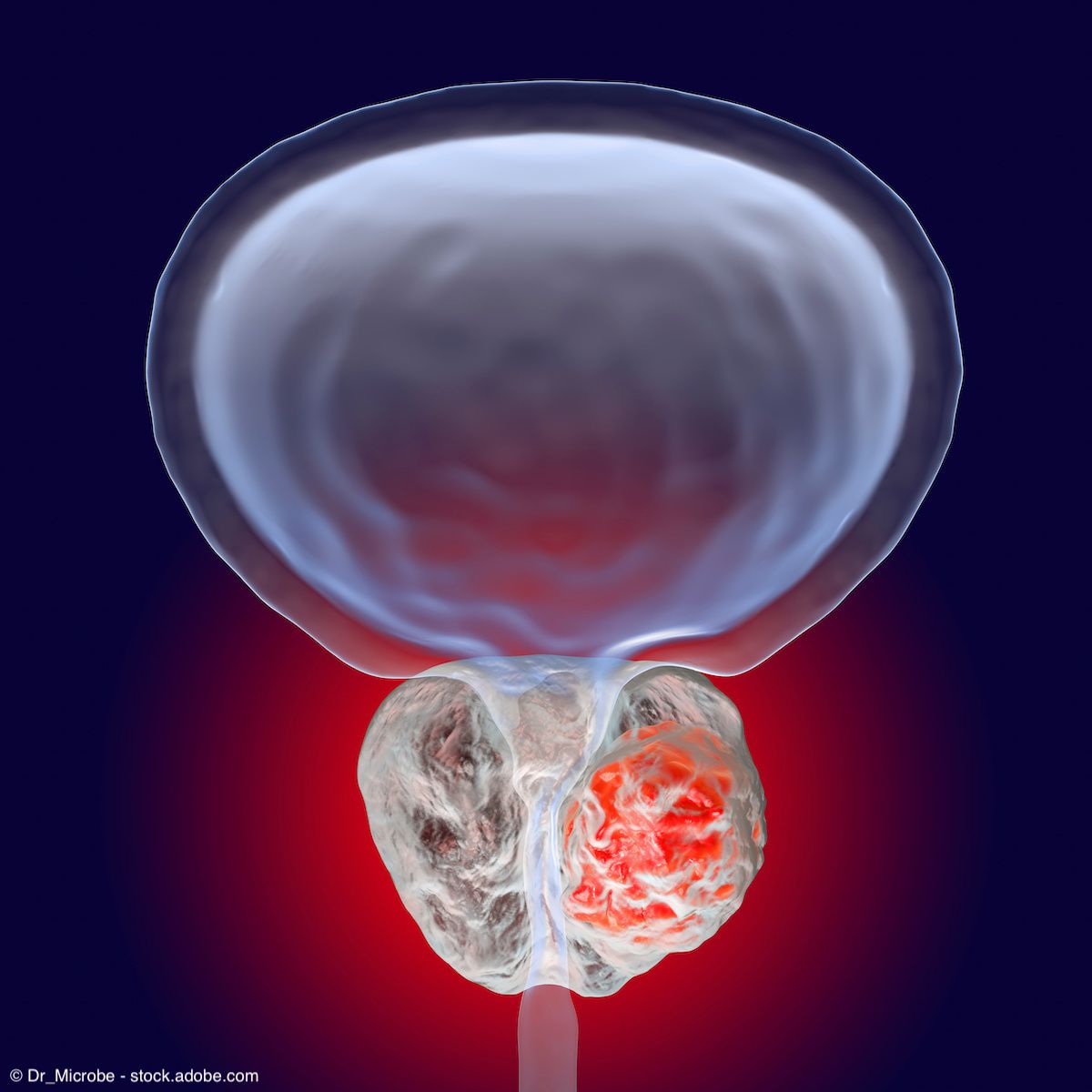Article
Collaboration urged for advanced prostate cancer care
With a deluge of new drug treatments for advanced prostate cancer on the market, a care model emphasizing urologist and medical oncologist collaboration is needed, according to an article whose authors represent each specialty.
With a deluge of new drug treatments for advanced prostate cancer on the market, a care model emphasizing urologist and medical oncologist collaboration is needed, according to an article whose authors represent each specialty.
In the article published online in Urologic Oncology (Dec. 5, 2013), co-authors Ralph deVere White, MD, and Primo Lara, Jr., MD, of the University of California, Davis, describe a framework for urology and medical oncology interactions to enhance patient care, improve outcomes, and yield clinical research advances.
The authors aim to address the general lack of collaboration between the two specialties for treating patients with castrate-resistant prostate cancer (CRPC).
“Patients with castrate-resistant prostate cancer will benefit if all caregivers buy into an integrated and comprehensive approach. When both specialties jointly manage the CRPC patient from the start, the artificial boundaries between specialties dissolve and transitions of care become seamless,” said Dr. deVere White, a urologist.
New drugs such as sipuleucel-T (Provenge), radium Ra 223 dichloride (Xofigo), enzalutamide (Xtandi), abiraterone acetate (ZYTIGA), and cabazitaxel (Jevtana), vary in their mechanism of action, but all target castrate-resistant disease, and some can be prescribed by either medical specialist.
“There is an extra level of complication that this scenario engenders. It has become blurry-who manages what, and when,” said Dr. Lara, a medical oncologist.
Clinical dilemmas have arisen in which clinicians are not clear on whether patients should be treated similarly or which drugs should be used and in what order to be most effective.
Dr. Lara and Dr. deVere White call for a urology-medical oncology partnership to establish consensus guidelines to identify the most appropriate sequence of available therapeutic options and clearly define treatment goals and responsibilities of each provider throughout the trajectory of a prostate cancer patient’s care.
Because a lack of collaboration among the specialties is most prominent in the community, non-academic setting, the authors suggest expanded use of telemedicine. They also suggest clinical studies to test various models of integrated patient management, in the same way that both surgical and medical specialists manage solid organ transplant patients. Clinical trials also could be developed to test new therapeutic approaches or to optimize sequencing of available therapies.
The authors note that there are potential barriers to successful implementation of the plan, notably the financial incentives for physicians to hold on to patients as long as possible, as well as logistical and regulatory obstacles to multidisciplinary coordination outside of highly organized health delivery units. But they also emphasize that the vast majority of physicians will follow “best practice” guidelines when they are provided in an unbiased fashion.
To get weekly news from the leading news source for urologists, subscribe to the Urology Times eNews.




